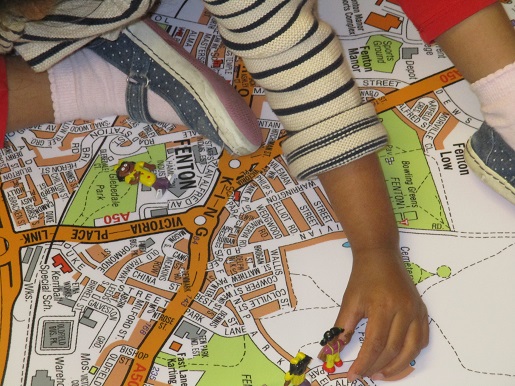References and resources about cursive and joined up handwriting On our Cursive and joined up writing are not in the EYFS and Cursive and joined up writing in early years: more evidence against pages we present the evidence and argument that joined up or cursive handwriting is not part of the EYFS statutory requirements and our evidence presents the case […]
Cursive or joined up writing in the early years We already know that there is no mention of handwriting, joined up or cursive writing styles in the EYFS statutory requirements and none about joined up writing specifically in the EYFS Development Matters guidance. We have written about this in our Cursive and joined up writing is […]
Content published on 24.3.17 – not updated with references to the EYFS 2021 although the principles still apply Is joined up or cursive writing in the EYFS appropriate? There is much debate about how and when to teach handwriting and whether to introduce joined up cursive or partially cursive writing to young children as opposed […]
The three pages in this section help to present the evidence for NOT teaching cursive or joined up writing in the early years. The EYFS statutory requirements (2021) do not specify anything about handwriting. The Development Matters 2021 briefly references handwriting (but not specifically cursive and joined up writing) in relation to the prime area […]

The Exploring the Wider World Project was funded by the Stoke-on-Trent Opportunity Area and was delivered by Early Education between April 2019 and March 2020. It offered fully funded training and support to all private, voluntary and independent (PVI) settings in Stoke-on-Trent to give children wider experiences of the world around them. The aim of […]
The direction of the project has been dictated by three key factors: a deep understanding of how young children learn best, developing sustainability for practice, and drawing on the rich cultural capital that is on offer in the locality. Young children Young children learn best through first-hand experiences in contexts that are meaningful and familiar […]
Rethinking our consideration of what an outing or a visit may be has been central to the project. Children need to build up their knowledge and familiarity with the real world in order to develop an understanding of it. Often, when we think of play, we see it as an imitation of adulthood, rather than […]
Using the local environment enables children to develop a sense of belonging to the local community. It helps them to develop a sense of place which in turn will develop their feelings of security, and “strong bonds to a particular place endure” (Hay, 1998 in Jack, 2010). Through developing this sense of place, it leads […]
An early task for the Exploring the Wider World project was to identify the barriers to taking children out and about beyond the setting. Only by finding out what was preventing practitioners and parents from being more active with their children, could we come up with solutions. These were the general barriers that were identified […]
Risk is a natural part of our existence, as we look to explore and make sense of the world around us. What is key is undertaking a Risk Benefit Analysis – to work out whether an activity is genuinely risky, what the benefits are, and what can be put in place to mitigate or reduce […]

